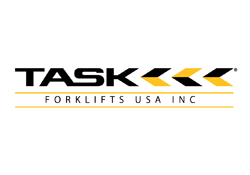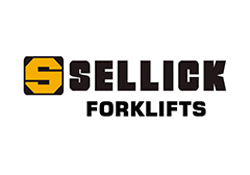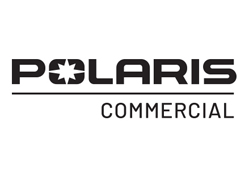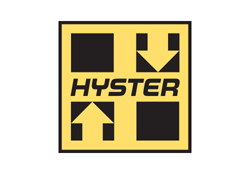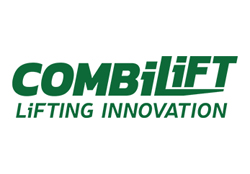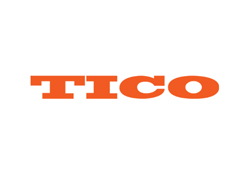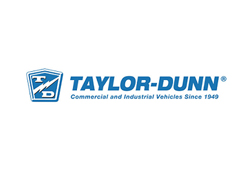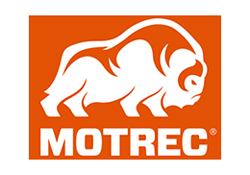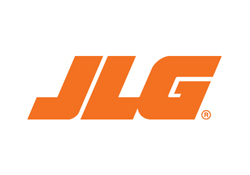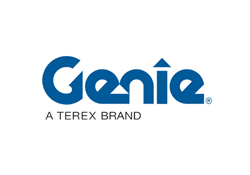How to Select the Right Towable Boom Lift for Your Project Needs
In today's rapidly evolving construction and maintenance industries, selecting the right equipment can greatly influence both efficiency and safety on job sites. Among various equipment options, the Towable Boom Lift stands out due to its versatility and ease of use. According to the International Powered Access Federation (IPAF), the global market for access equipment is expected to exceed $20 billion by 2025, with a significant share attributed to boom lifts. These machines are particularly favored for their ability to reach heights while maintaining a compact footprint. With the increasing emphasis on safety, reports indicate that the use of boom lifts can reduce the risk of accidents associated with ladder use by over 50%. Therefore, understanding how to choose the appropriate Towable Boom Lift is essential for project managers aiming to maximize productivity and safety in their operations.
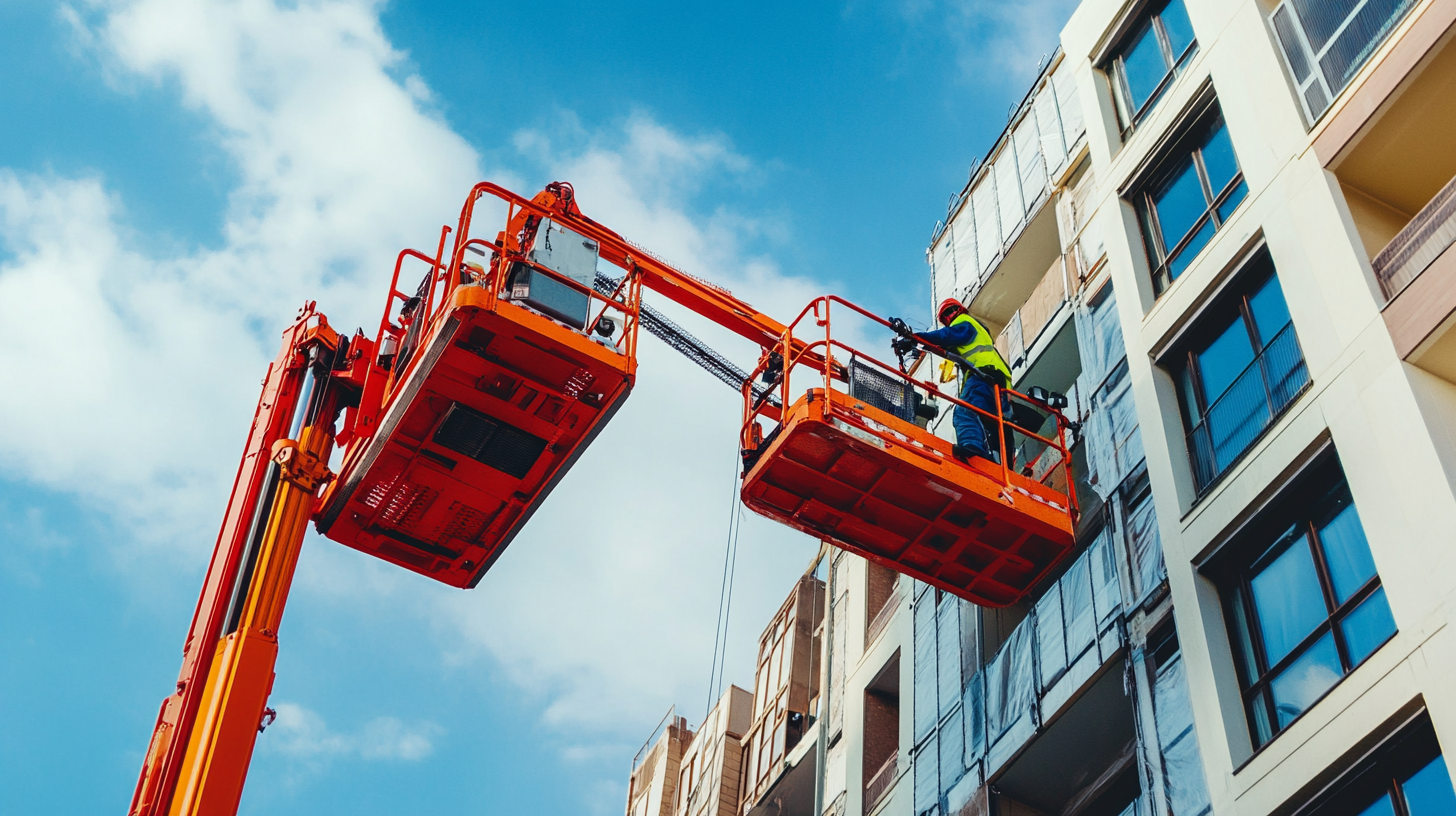
Understanding the Basics of Towable Boom Lifts and Their Applications
Towable boom lifts are essential tools in both commercial and residential job sites, allowing operators to efficiently reach elevated work areas. Understanding the functionality and versatility of these machines is crucial when selecting the right lift for your specific project needs. Features such as height reach, platform capacity, and ease of transport should be carefully evaluated to ensure the chosen lift aligns with the demands of the job at hand.
The introduction of new models, such as the J Series telescopic boom lifts, exemplifies advancements in this equipment category. For instance, the S-60 J model offers a balanced combination of performance, stability, and operator comfort, making it ideal for a variety of work-at-height applications. With its capacity to navigate tight spaces while reaching significant heights, this model is well-suited for tasks ranging from construction to maintenance. Understanding these attributes enables project managers to make informed decisions, leading to enhanced productivity and safety on the job site.
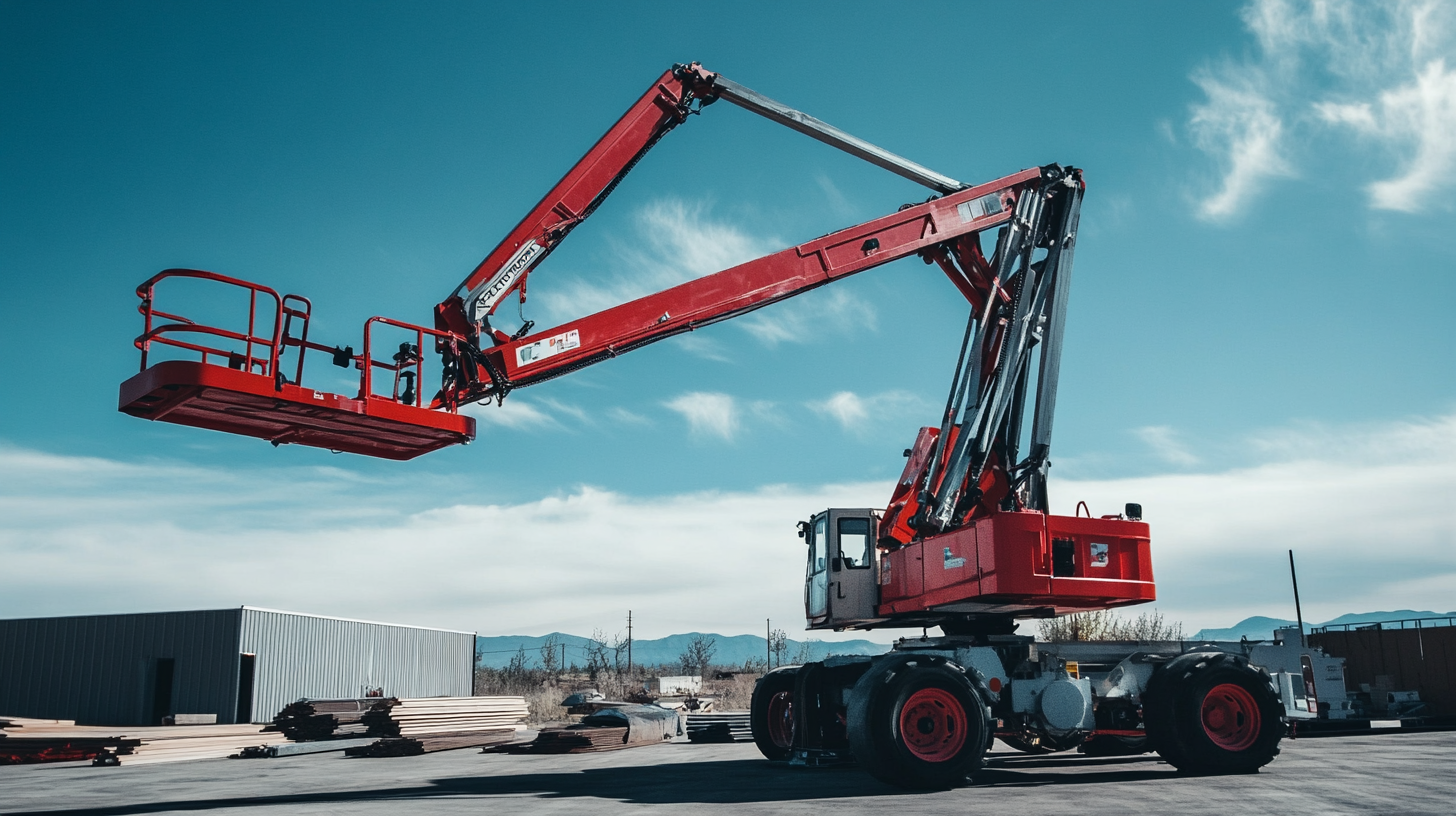
Key Factors to Consider When Choosing a Towable Boom Lift
When selecting a towable boom lift for your project needs, several key factors should be taken into consideration. One critical aspect is the lift's working height, which typically ranges from 30 to 60 feet for towable models. According to the American National Standards Institute (ANSI), ensuring the lift’s height meets or exceeds your project requirements is essential for safety and accessibility. Additionally, considering the operational weight limits is vital, as many light-duty models can lift up to 500 pounds, making them ideal for smaller jobs, while heavier models may support up to 1,000 pounds for more demanding tasks.
Another important factor is the lift's setup and maneuverability. Towable boom lifts are designed for easy transport, but not all are created equal. Reports from the International Powered Access Federation (IPAF) indicate that models with a compact design can be advantageous, allowing for access in tight spaces without compromising stability. It's advisable to evaluate the level of terrain where the lift will operate. Some models come equipped with stabilizers or outriggers which provide additional support on uneven ground—crucial for maintaining safety during operations. By carefully assessing these factors, you can make a well-informed decision that aligns with the specific needs of your project.
| Factor | Description | Importance Level |
|---|---|---|
| Lift Height | Determine the maximum height required for your project. | High |
| Weight Capacity | Ensure the lift can support the weight of the operators and materials. | High |
| Mobility | Consider ease of movement on the job site. | Medium |
| Power Source | Choose between electric or gas-powered based on site conditions. | Medium |
| Stability | Check the platform's stability features and requirements. | High |
| Budget | Assess your budget for renting or purchasing the lift. | High |
Assessing Project Requirements: Height, Weight, and Terrain Considerations
When selecting the right towable boom lift for your project, assessing your specific project requirements is crucial. Height is a primary consideration; many jobs require lifts that can reach up to 60 feet or more. Yet, data from the American Rental Association indicates that 60% of users cite the maximum height as a critical factor in their selection process. A boom lift that cannot reach your planned working height can lead to delays and increased costs.
Weight capability is another key factor. Most towable boom lifts can support payloads ranging from 500 to 1,000 pounds. Understanding the weight of both the personnel and any additional tools or materials is essential. According to industry standards, overloading a lift can lead to catastrophic failures, so it’s important to stay within the manufacturer’s specified limits. Furthermore, terrain considerations—such as stability on uneven ground—should not be overlooked. A study by the National Association of Equipment Dealers found that 30% of accidents occur due to improper operation on challenging surfaces.
Ultimately, evaluating these project requirements will ensure that you select a towable boom lift that is not only efficient but safe for your specific needs.
How to Select the Right Towable Boom Lift for Your Project Needs
Comparing Towable Boom Lift Features: Power Source, Reach, and Capacity
When selecting the right towable boom lift for your project, it's essential to compare key features such as power source, reach, and capacity to ensure that the equipment meets your specific needs. For instance, the newly launched 85-ft. articulating boom lift provides a versatile reach of 56 ft. and boasts a dual-capacity rating of 750/500 lbs., accommodating two to three workers comfortably. Such specifications are crucial, as choosing the right lift can significantly improve productivity and safety on the job site.
Additionally, advancements in hydraulic technology are refining aerial lift performance across the industry. This is evidenced by products like the articulated boom lift, which showcases improved lifting capabilities and streamlined operations. For example, the introduction of designs that allow for a platform capacity of 660 lbs. ensures that operators can effectively handle heavier loads while maintaining stability and control. Furthermore, with options such as hybrid models that focus on lower emissions and reduced fuel consumption, companies can align their equipment choices with sustainability goals without compromising on efficiency.
In terms of versatility, newer models like compact crawler boom lifts offer remarkable platform heights and horizontal reach, making them suitable for both indoor and outdoor applications. These innovations reflect the industry's shift towards more capable, user-friendly equipment, helping project managers select the right tools for their unique operational requirements.
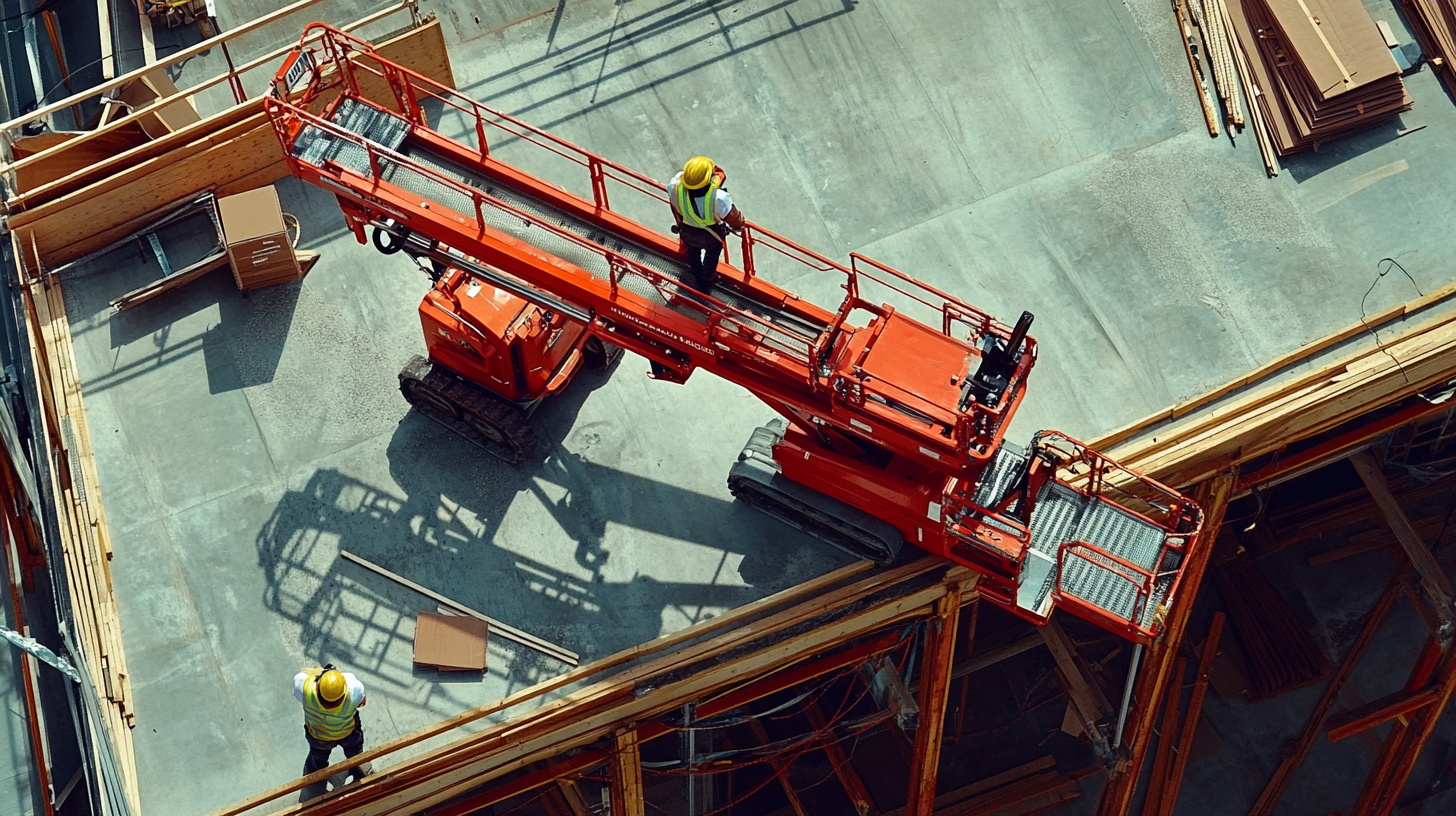
Safety Guidelines and Best Practices for Operating Towable Boom Lifts
When operating towable boom lifts, safety should always be a top priority. According to the American National Standards Institute (ANSI) and the Occupational Safety and Health Administration (OSHA), approximately 26% of all aerial lift-related accidents occur due to insufficient training and lack of adherence to safety protocols. To mitigate these risks, proper training for all operators is essential. Operators should be familiar with the machine's specifications and emergency procedures, ensuring that they can handle unexpected situations effectively.
In addition to comprehensive training, adhering to best practices can significantly enhance safety. A recent report from the National Institute for Occupational Safety and Health (NIOSH) emphasizes the importance of regular inspections and maintenance of towable boom lifts before use. Operators must check for crucial elements such as hydraulic fluid levels, tire condition, and functional safety features. Moreover, ensuring that the work environment is free of overhead hazards, such as power lines or falling debris, helps to create a safer workplace. Implementing these guidelines not only protects the operators but also contributes to the overall success of the project by minimizing downtime and accidents.
